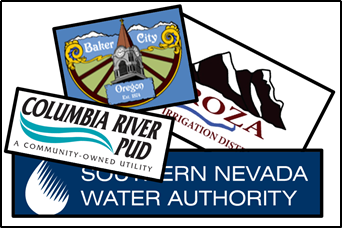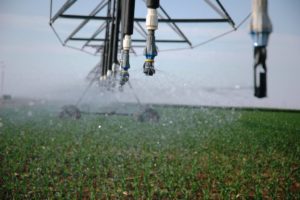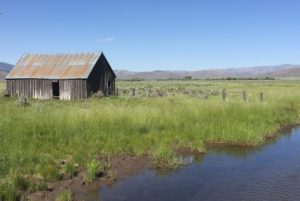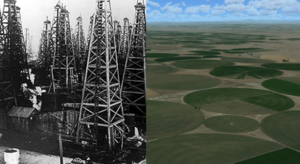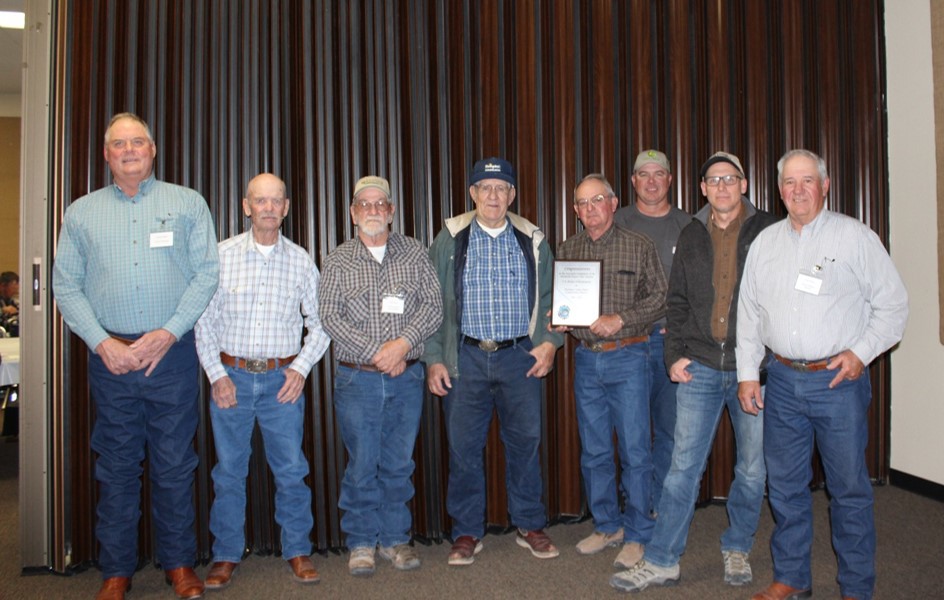Idaho Senate Introduced Ten Water Bills
The Idaho Senate introduced ten water related bills this legislative session in addition to the twelve the House introduced. Like many of the House bills, some of the water related Senate bills already passed both houses. Others are in various stages of committee or legislative review. The Senate bills considered this legislative session are briefly described below.
Senate Bill 1005
Senate Bill 1005 amends existing law to authorize water districts to charge fees to certain water delivery organizations and water users. This bill clarifies that when water is diverted and assessed in one water district but is conveyed and diverted within a second water district, the second district may level a fee instead of an assessment for the water that is rediverted. Further, authorized fees that are levied are not considered an assessment and are not part of a water user’s voting credentials for voting within the second water district.
Senate Bill 1005 passed both the Senate and the House.
Senate Bill 1020
Senate Bill 1020 amends existing law regarding the limitation of liability of landowners towards persons entering land for recreational purposes. The bill amends Idaho Code 36-1604 expanding the definition of land to include water facilities, parks, and campgrounds. The bill also clarifies the property interest held by an “owner” and that recreational activities include traveling across the land owned by others for the purpose of recreating.
Senate Bill 1020 passed both the Senate and the House.
Senate Bill 1072
Senate Bill 1072 amends existing law regarding filling vacancies in irrigation districts. The purpose of this bill is to align Idaho Code 43-209 with Idaho Code 43-201(3). Under Idaho law, irrigation districts are divided into a minimum of three divisions, from which board directors are elected to represent water users. Idaho Code 43-209 provides the process for filing irrigation district board vacancies, but limits the eligible candidates to living within their respective irrigation district division. This amendment would allow irrigation districts that approved the expanded board member residency rule under Idaho Code 43-201(3) to fill vacancies under the same conditions therein.
Senate Bill 1072 passed both the Senate and the House.
Senate Bill 1073
Senate Bill 1073 clarifies that the statutory protection of water delivery facilities from claims of adverse possession extends to properties owned by water delivery entities.
Senate Bill 1073 passed both the Senate and the House.
Senate Bill 1079
Senate Bill 1079 establishes a fund for the annual appropriation of state general funds to support and fund nonpoint source agricultural best management practice projects in Idaho. This appropriation was initially contemplated in the 2017 legislative session and intended to supplement DEQ’s federal nonpoint source program grant. DEQ identified complications with appropriating, allocating, and disbursing these funds all within the same fiscal year. The nature of these projects, spanning multiple years or season, and the short time frame in which DEQ has from appropriation to end of spending makes it difficult for recipients of this funding to get the work completed and invoices submitted for reimbursement before the end of the fiscal year in which money was appropriated. Under this legislation, DEQ requests a specific fund be set up for project funds that would allow a longer time frame for the project proponents and awardees to plan and complete projects that benefit Idaho’s waterways.
Senate Bill 1079a passed the Senate on February 25th and is in its third reading in the House.
 Sente Bill 1121
Sente Bill 1121
Senate Bill 1121 is a supplemental appropriation bill for the Department of Water Resources. It requests funds from the General Fund for the Water Management Fund. Funding would be used for costs related to the Anderson Ranch Reservoir Enlargement Project, the water supply for the Mountain Home Airforce Base, and aquifer recharge projects in the Upper Snake River Valley.
Senate Bill 1121 passed both the Senate and the House and is currently before the Governor for signature.
Senate Bill 1188
Senate Bill 1188 is an original appropriation bill for the DEQ. Some of the funding will apply to the Lake Coeur d’Alene study, the Water Quality Program, the Agricultural Best Management Practice Fund, and the Water Pollution Control Fund.
Senate Bill 1188 is currently before the Joint Finance-Appropriations Committee.
Senate Bill 1190
Senate Bill 1190 is an original appropriation bill for the Department of Water Resources. The funding will be used in part for the Bear River Adjudication, the Flood Management Program, and for Water Quality Monitoring.
Senate Bill 1190 is currently before the Joint Finance-Appropriations Committee.
Senate Concurrent Resolution 104
Senate Concurrent Resolution 104 states the Legislature’s findings and supports changes in the winter flood control curves of the Ririe Reservoir project to more properly balance Ririe River water supply and irrigation supplies with adequate flood control.
The Senate unanimously adopted SCR104 on February 18th. It is currently in its third reading in the House.
Senate Joint Memorial 103
Senate Joint Memorial 103 states the findings of the Legislature, opposing the removal or breaching of the dams on the Columbia-Snake River System and its tributaries, and recognizing certain benefits provided by the Port of Lewiston. In the bill, the Idaho Legislature recognizes and supports the international competitiveness, multi-modal transportation, and economic development benefits provided by the Port of Lewiston and the Columbia-Snake River System. The bill iterates Idaho’s sovereignty over its water resources and the benefits derived from this multiuse system that provides transportation, commodities, fish and wildlife habitat, recreation, hydropower, flood control, and irrigation.
The Senate adopted SJM103 on March 9th. It is currently in its third reading in the House.
Interested in More Water Legislation?
Want to stay updated on Idaho’s water bills? Don’t miss our blog on the water related House bills this session! Additionally, each bill page linked above provides the status of the bill and the progress of the bills can be found in one comprehensive list on the Idaho Water Users Association’s (“IWUA’s”) website.
(Image Sources: https://idahonews.com/news/local/idaho-senate-calls-it-quits-but-house-says-not-so-fast; https://www.kmvt.com/2021/01/14/idaho-senate-starts-effort-to-wrest-power-from-gov-little/)

